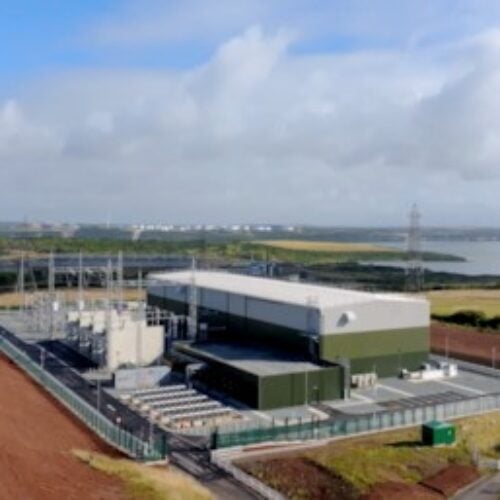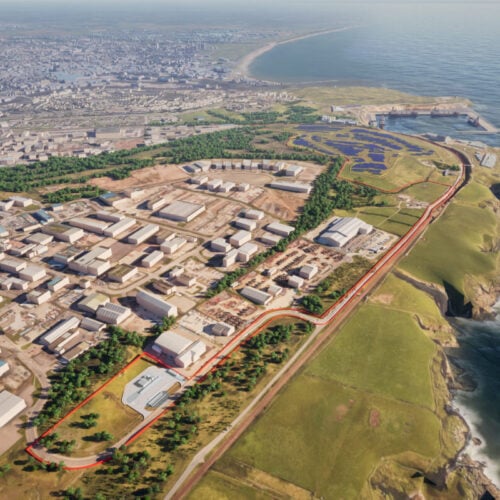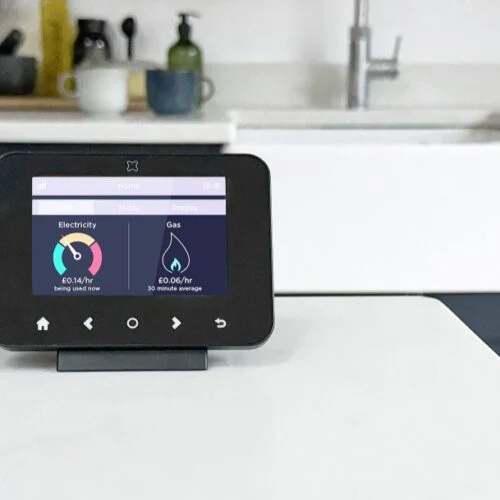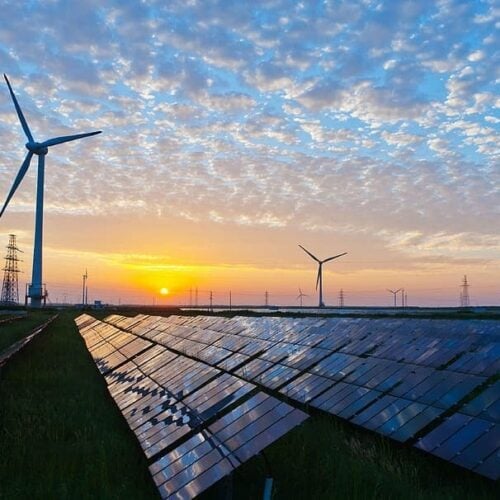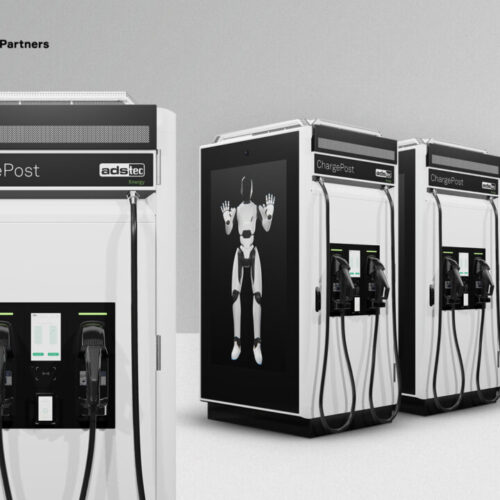National Grid has announced its three chosen location options for the 1.8GW LionLink interconnector’s landfall, cable route and converter station.
The proposed LionLink interconnector, which is a joint venture between National Grid Ventures (NGV) and Dutch system operator TenneT as an Offshore Hybrid Asset (OHA), will enable the sharing of green energy by connecting Suffolk to both The Netherlands and a Dutch offshore wind farm.
This announcement follows the project’s second consultation phase in September 2023, which identified five possible cable routes it could take across the region and five possible converter site locations.
The three locations ultimately decided as the most suitable are as follows:
- Landfall site F: Southwold
- Landfall site G2: Walberswick
- Converter station C3: Saxmundham
The two landfall sites – Southwold (F) and Walberswich (G2) – were chosen because they offer a shorter and less intrusive offshore cable route, thus reducing marine disruption with fewer cable crossings.
Converter station C3 has been selected for Saxmundham due to its potential to collocate converter stations with other projects in the area, including Sea Link.
Announcing the shortlisted locations marks the next step in the project’s planning process ahead of the statutory public consultation in 2025.
Gareth Burden, construction director at National Grid, said: “LionLink has an important role to play in reducing the UK’s reliance on fossil fuels and bringing more clean, green, and renewable energy into the UK’s energy system.
“This will not only strengthen the country’s energy security but also lower bills for consumers too.”
Interconnectors of the world
Interconnectors have been identified as a key way of easing the transition to net zero by allowing different countries to balance each other’s grids, which are often strained, through sharing energy.
LionLink is one of Europe’s largest interconnectors currently in development, expected to share up to 1.8GW of renewable energy.
Its construction was first announced by the Department for Energy Security and Net Zero (DESNZ) in April 2023 as a multi-use electricity power link set to connect the UK and the Netherlands.
Since then, the project has undergone consultation phases and garnered the support of major energy industry members, such as Ofgem.
The regulation watchdog recently recommended the LionLink interconnector for approval, alongside a similar project named the Tarchon Energy interconnector, which will connect the British grid with Germany via a 610km power cable capable of sharing 1.4GW of energy.
In terms of the British Isles alone, a transmission licence application was made for a 700MW Northern Ireland-Scotland interconnector project in May 2023.
The LirIC Interconnector project, aiming to connect the two countries by the end of the decade, is currently being explored by Transmission Investment which estimated total costs at £700 million.

